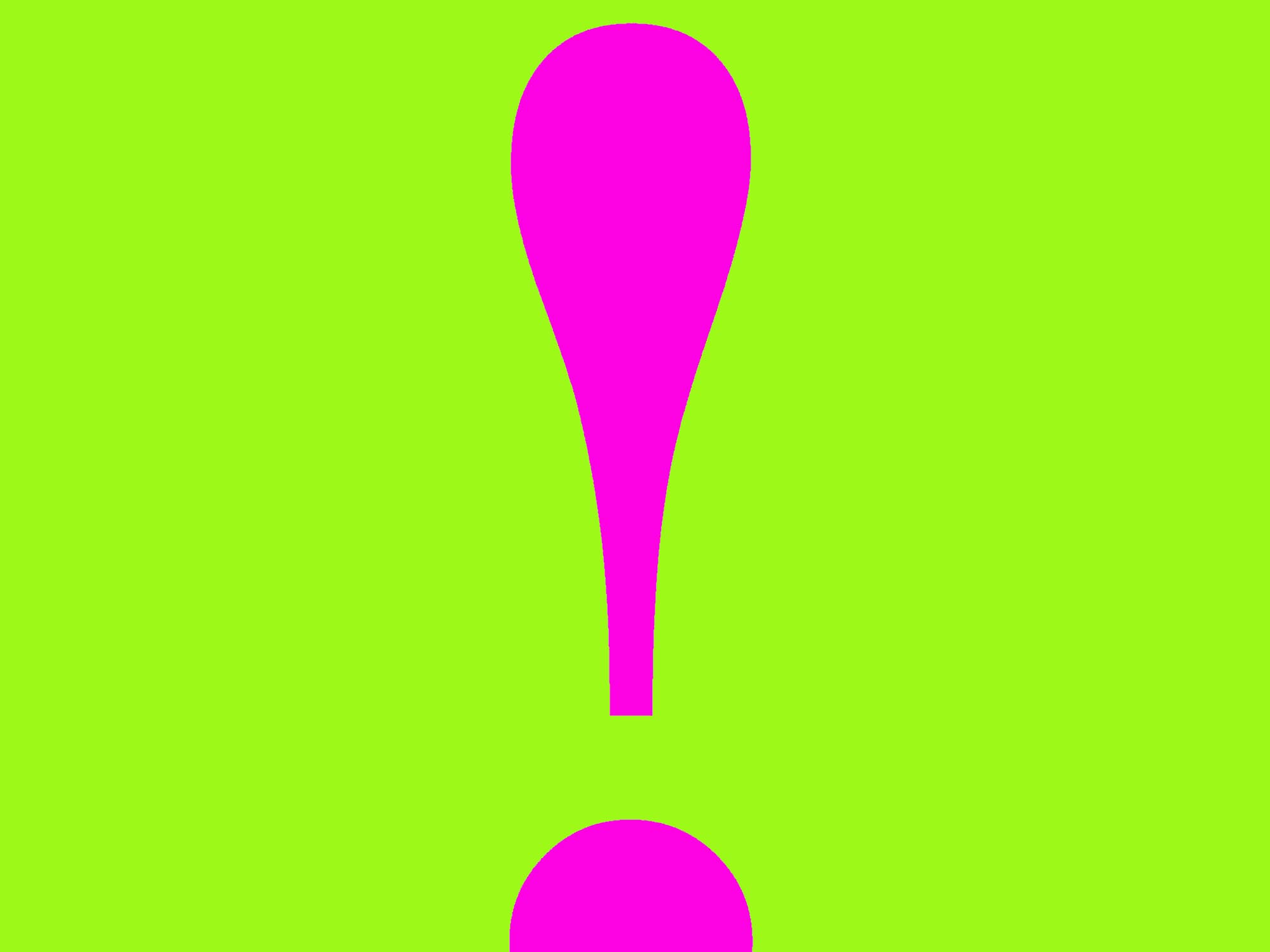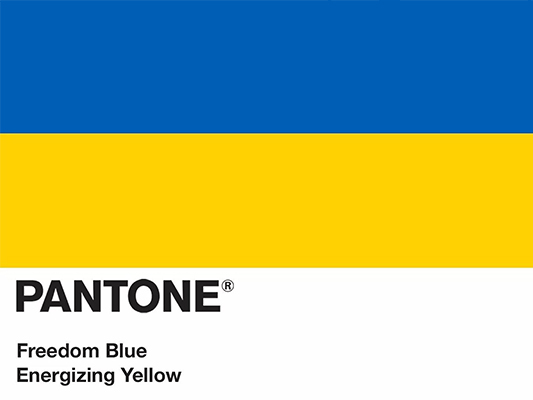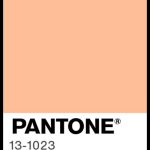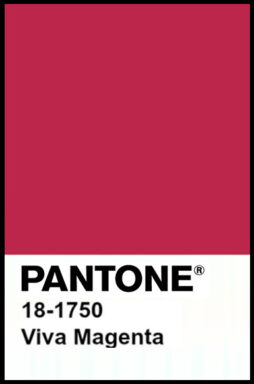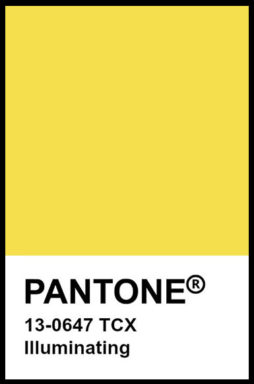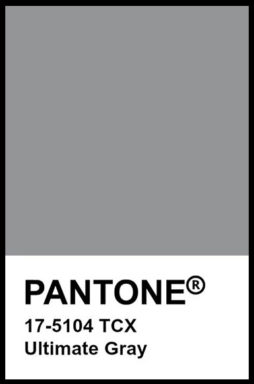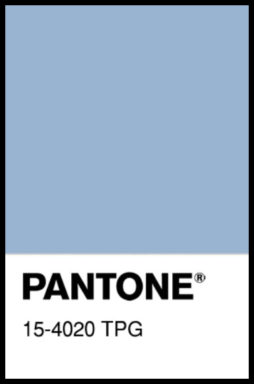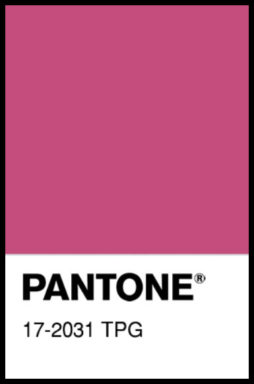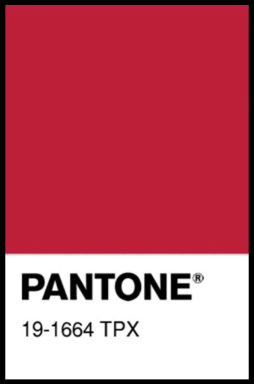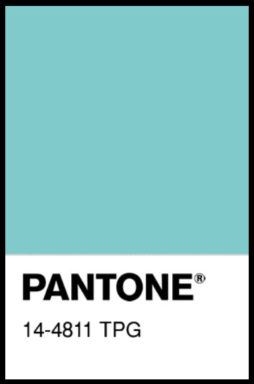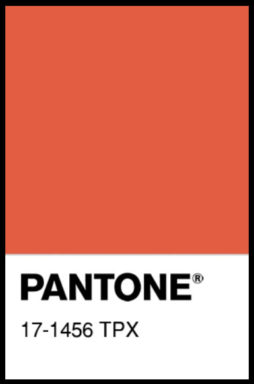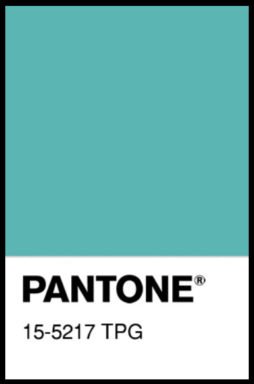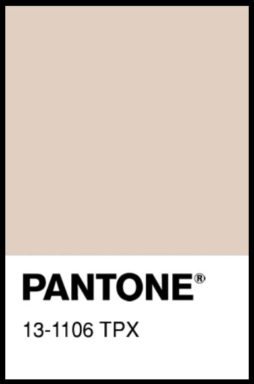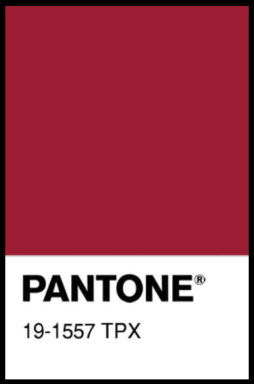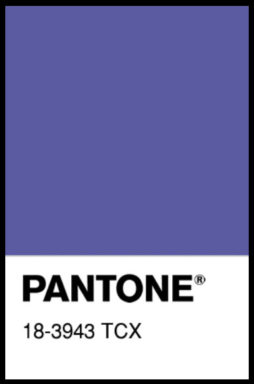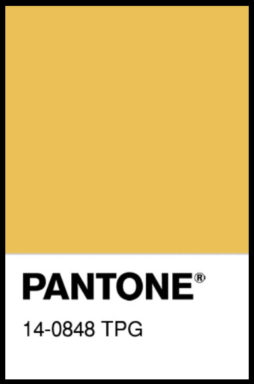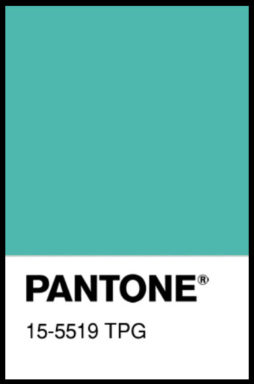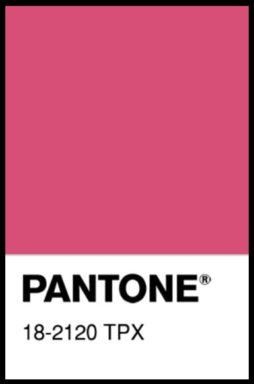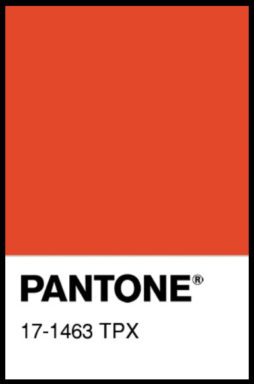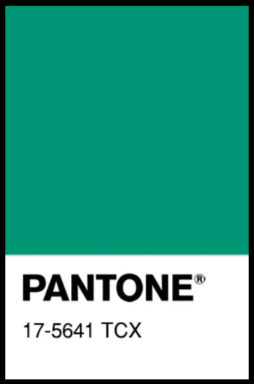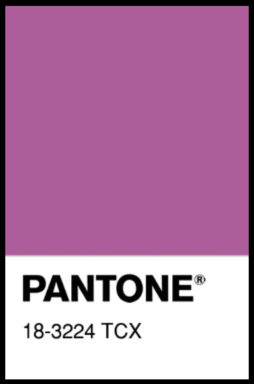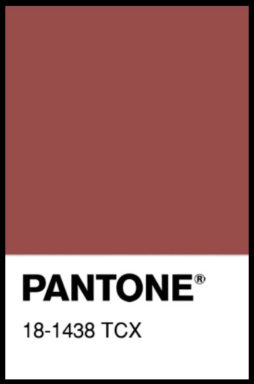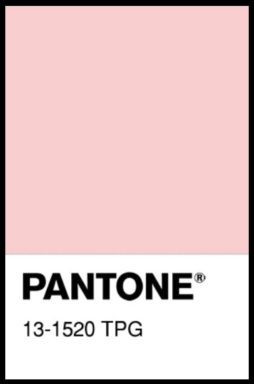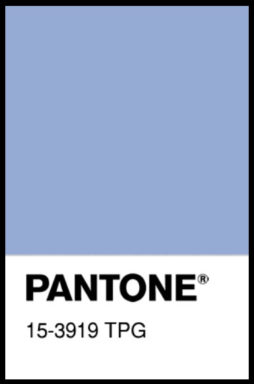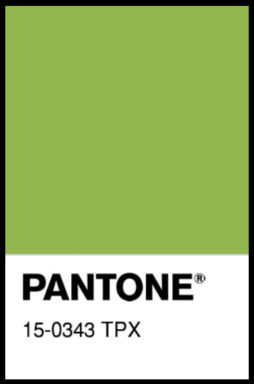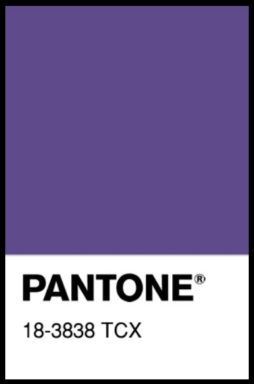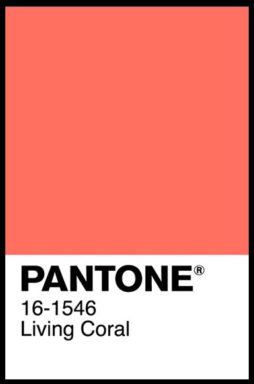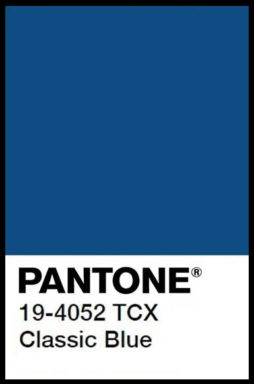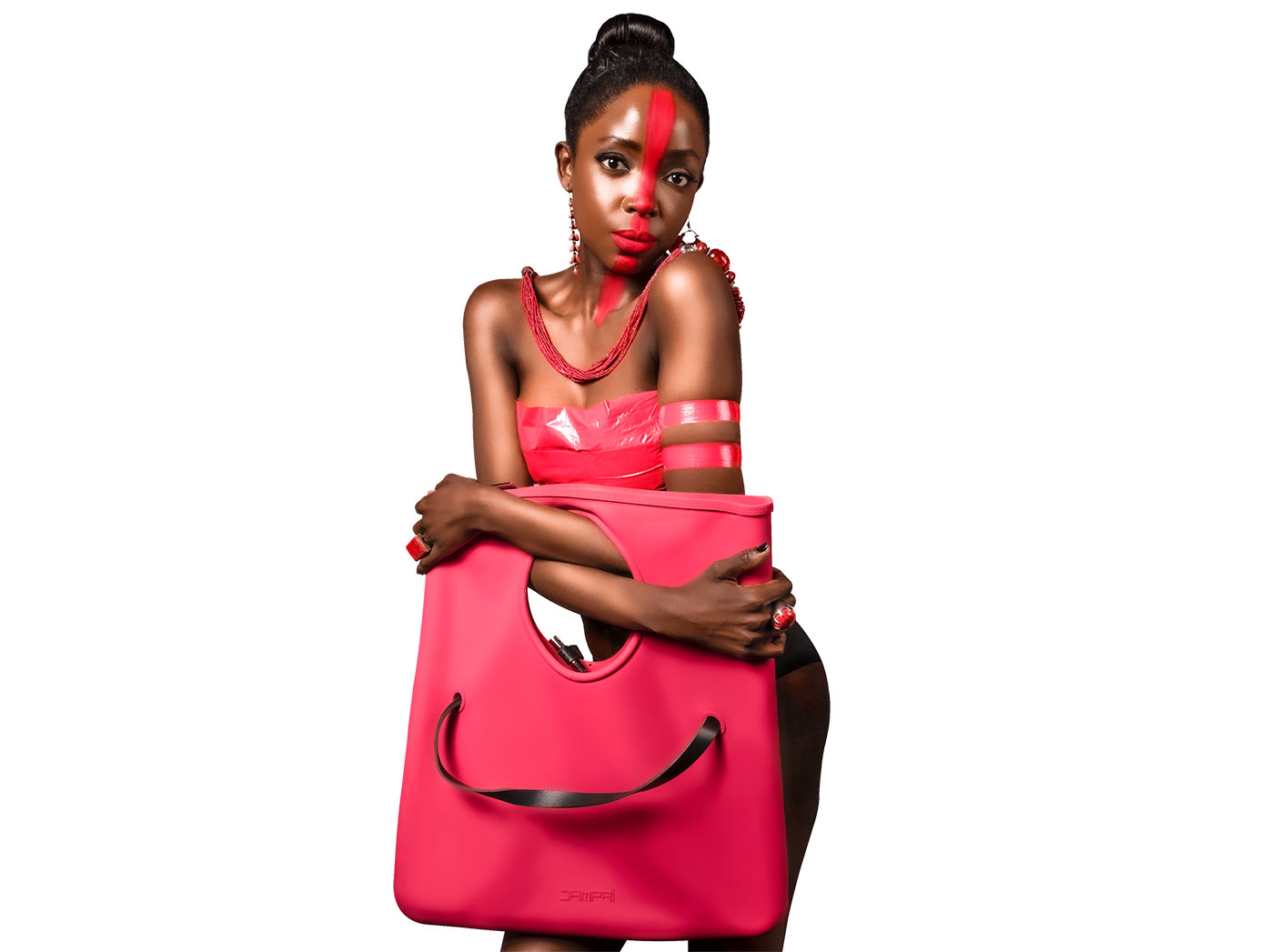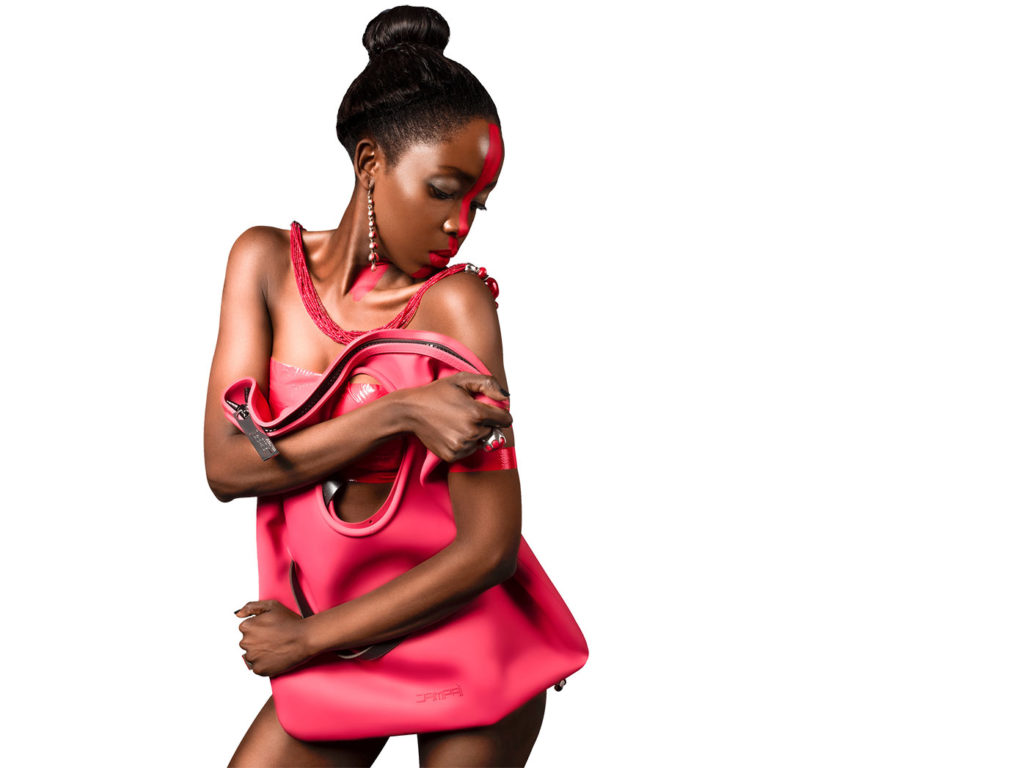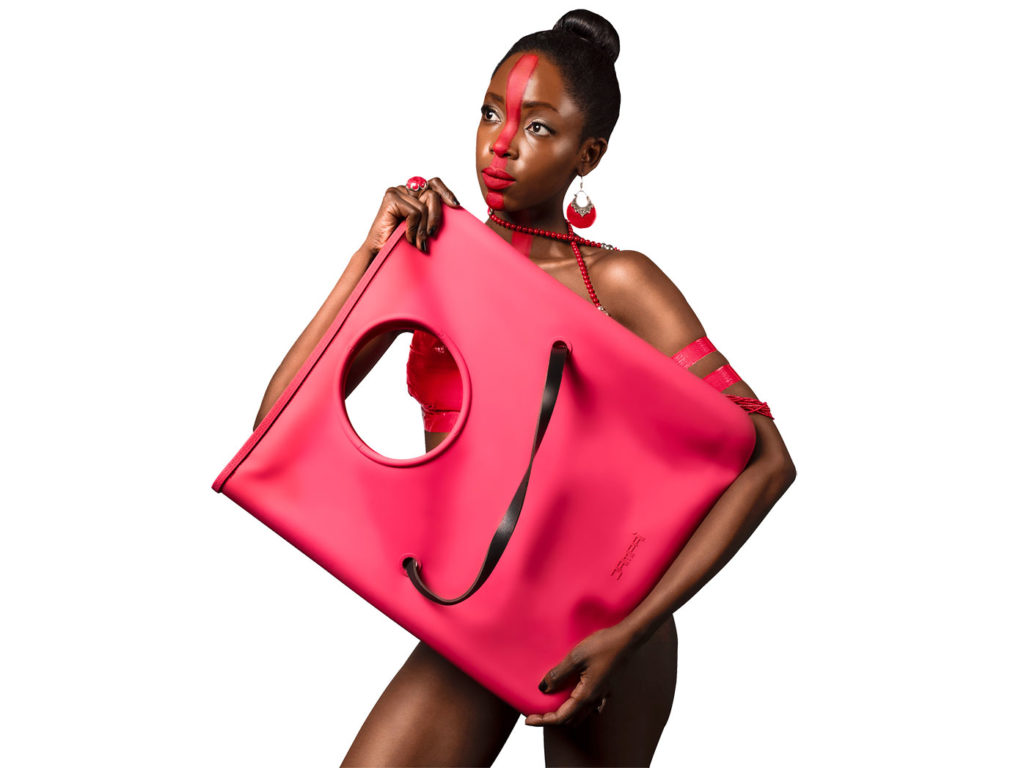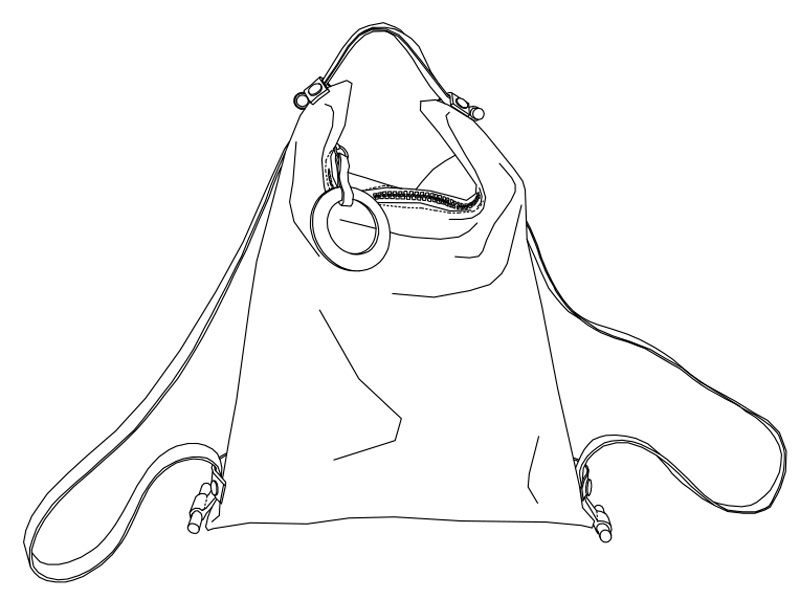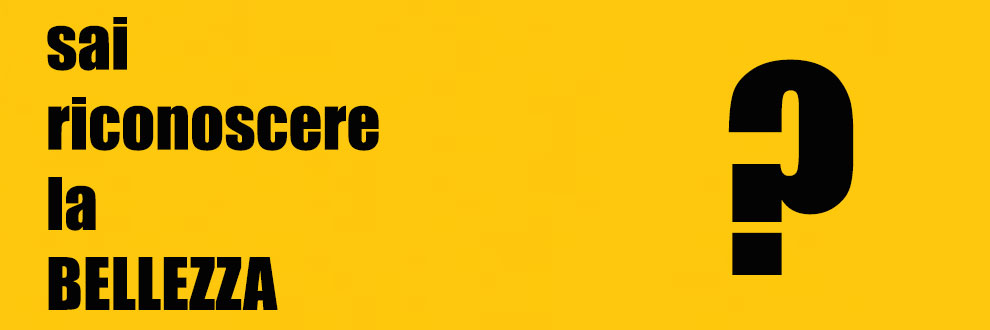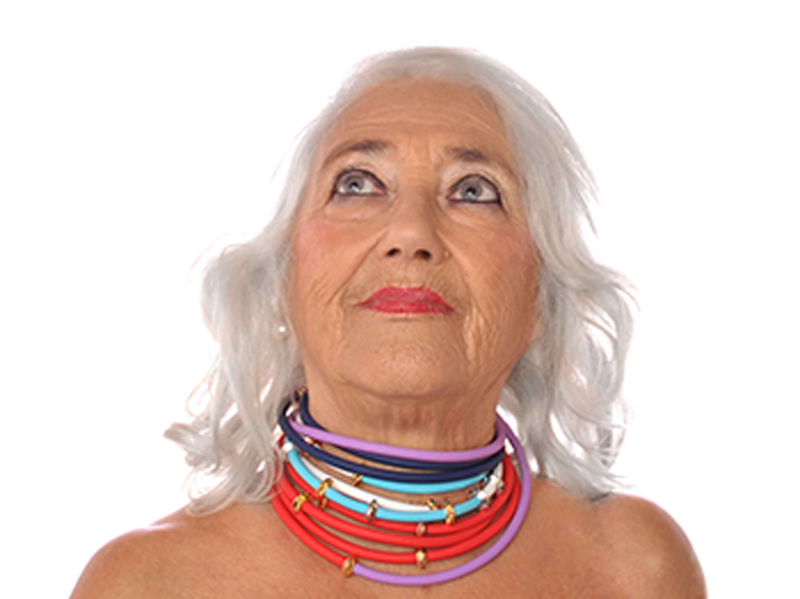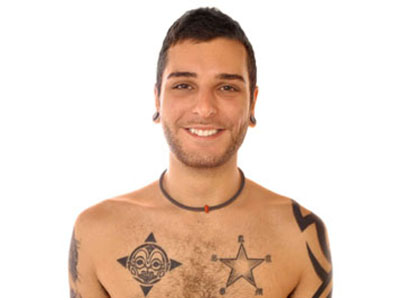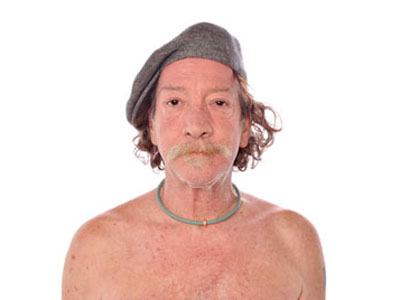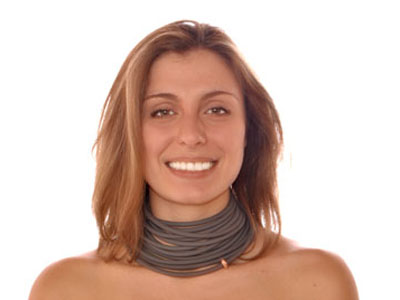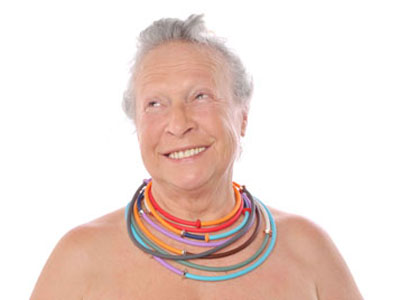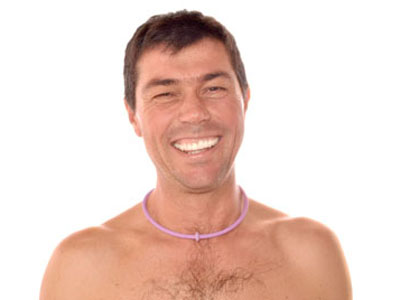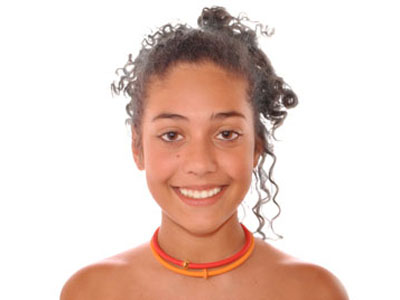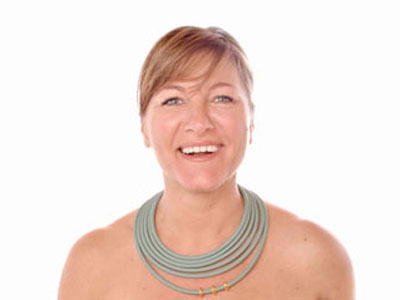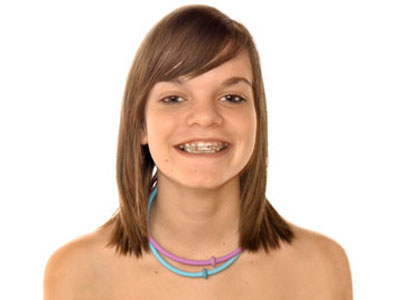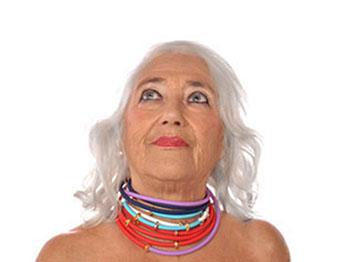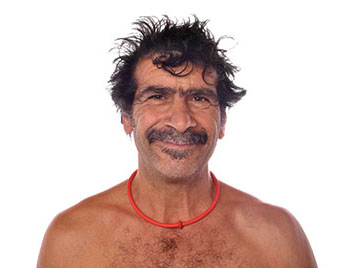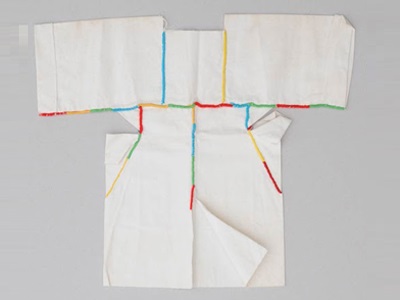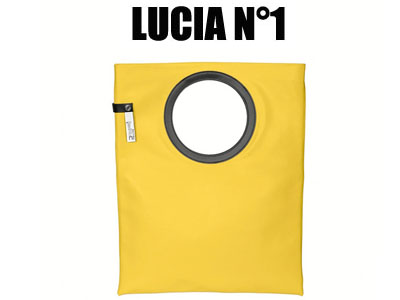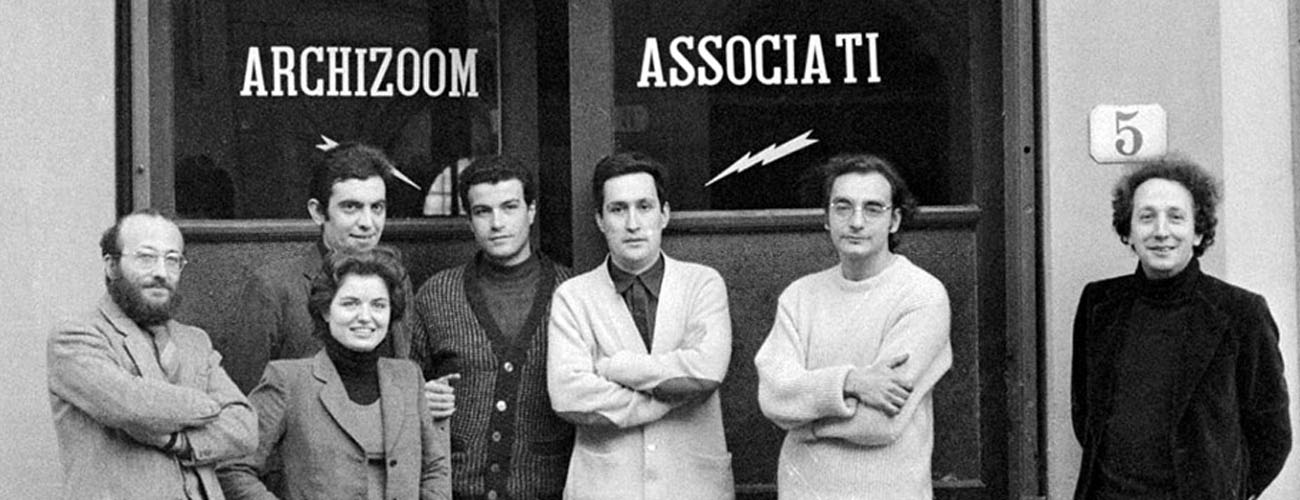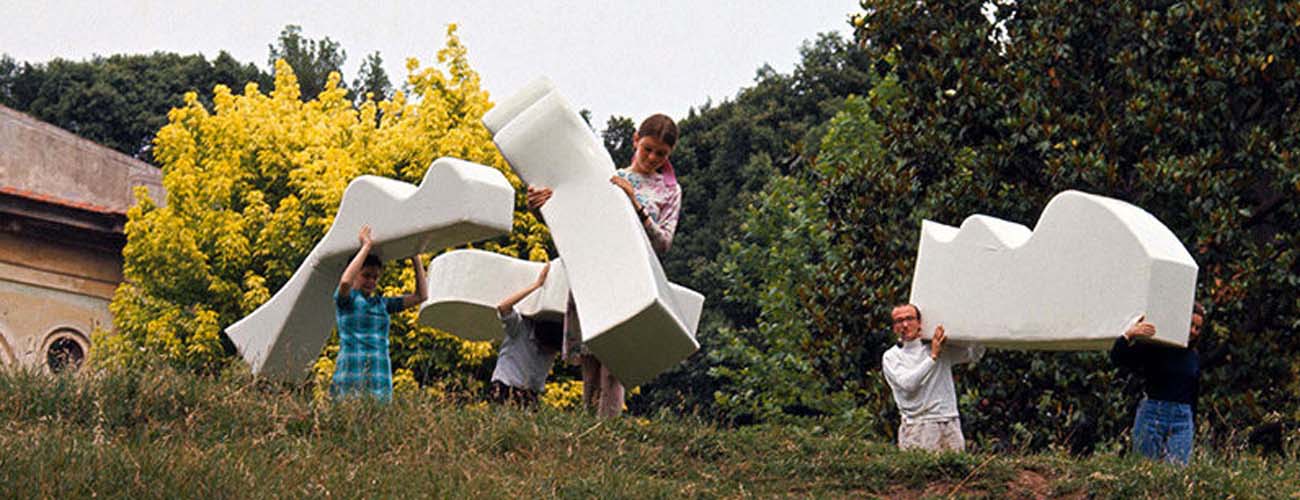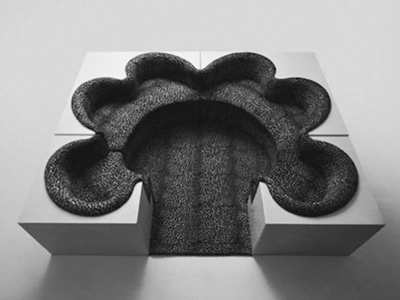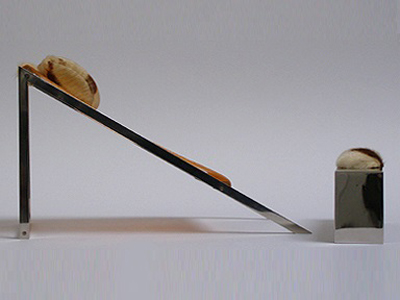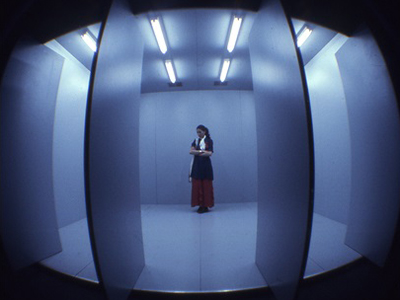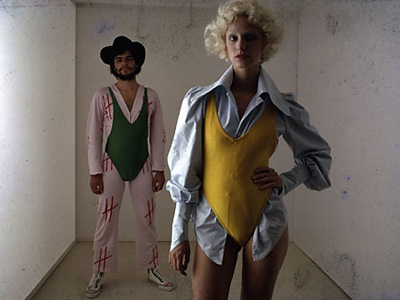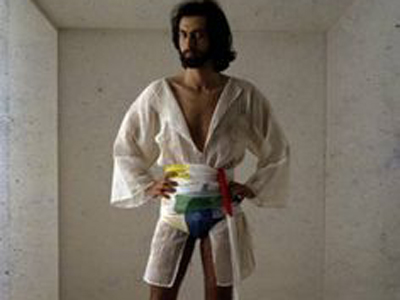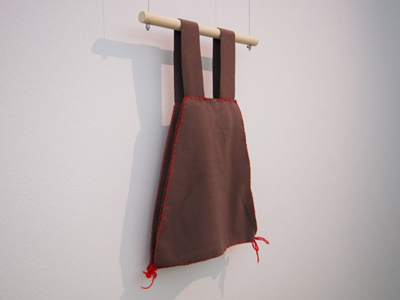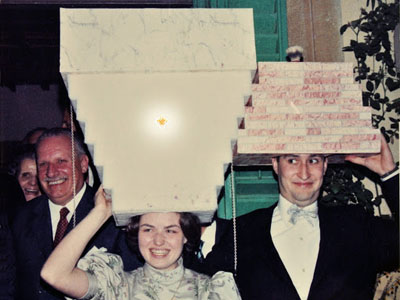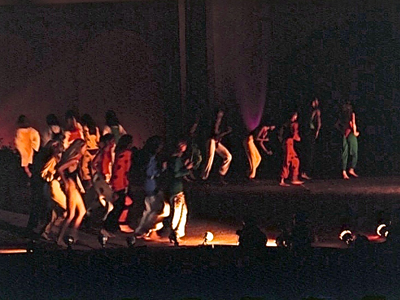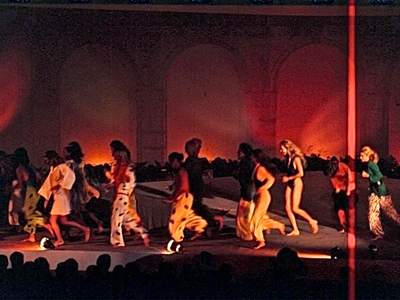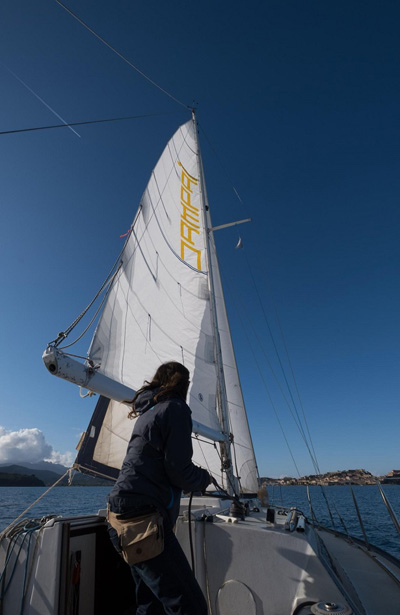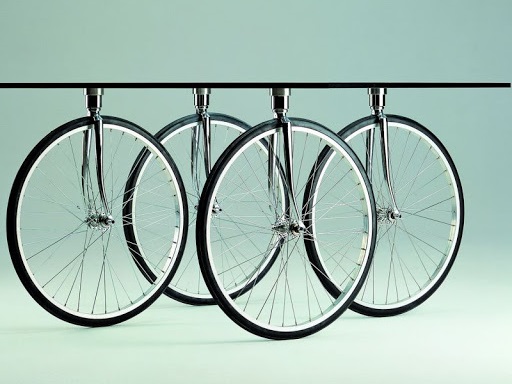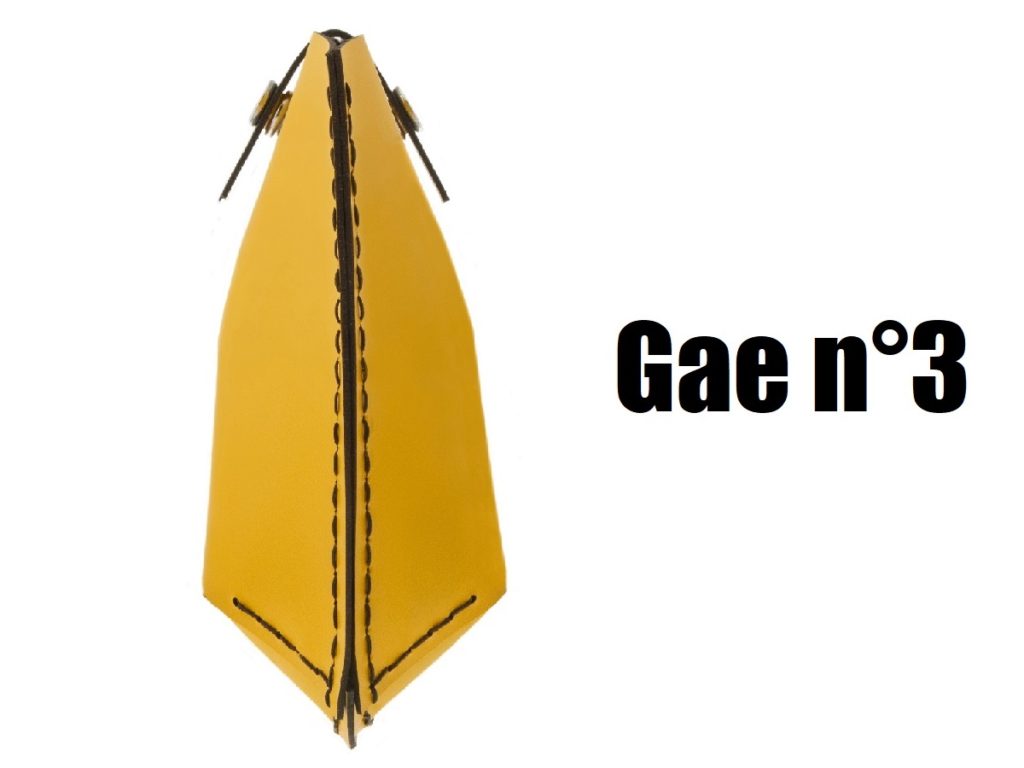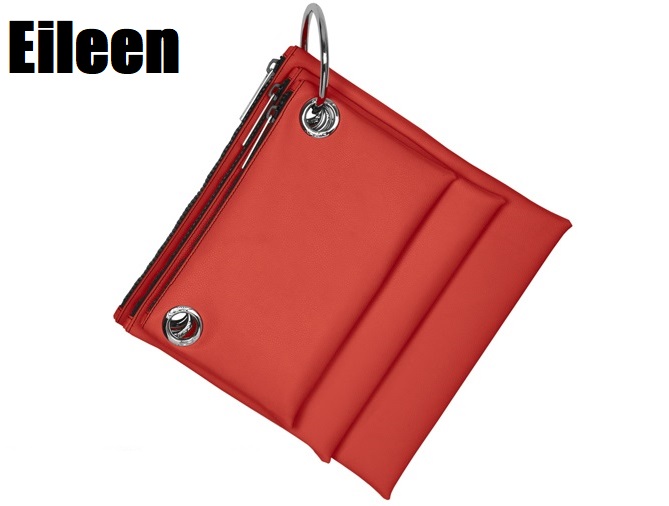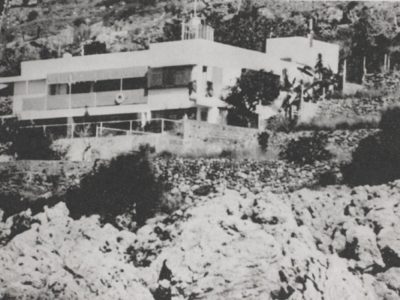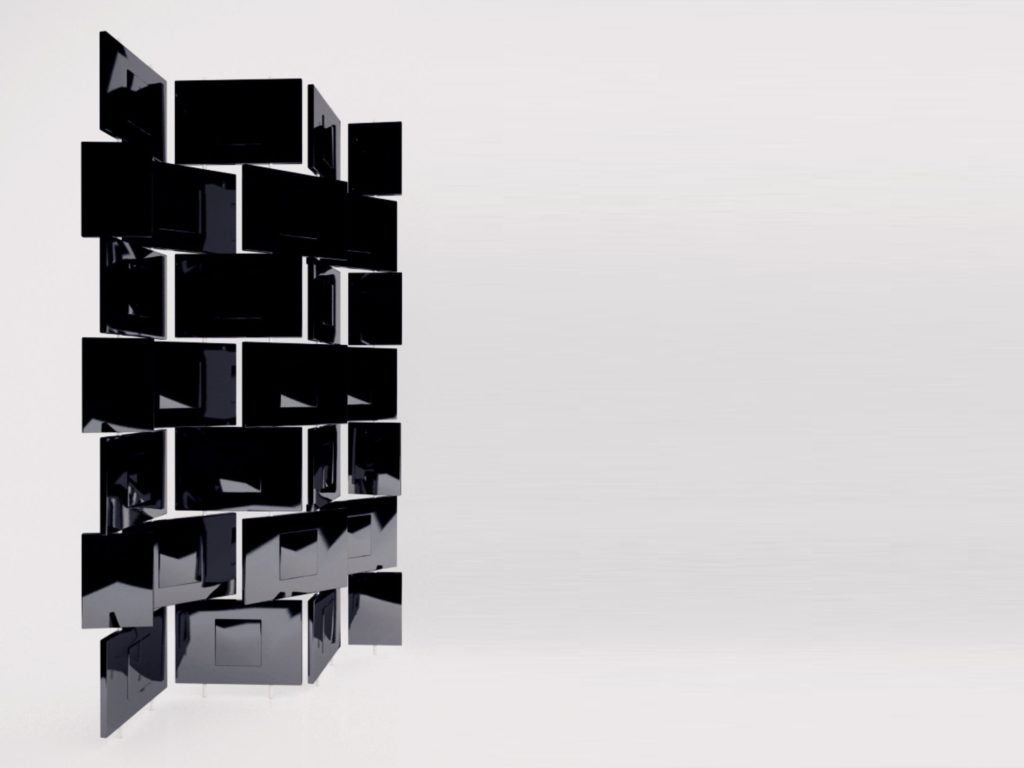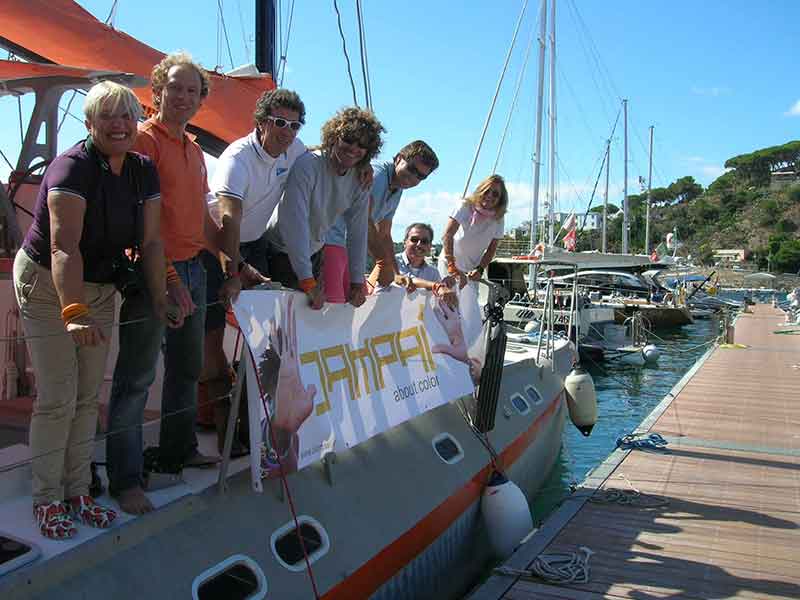DAMPAÌ is color, it’s design, it’s play, it’s emotion …
Colors vibrate and transform us ……
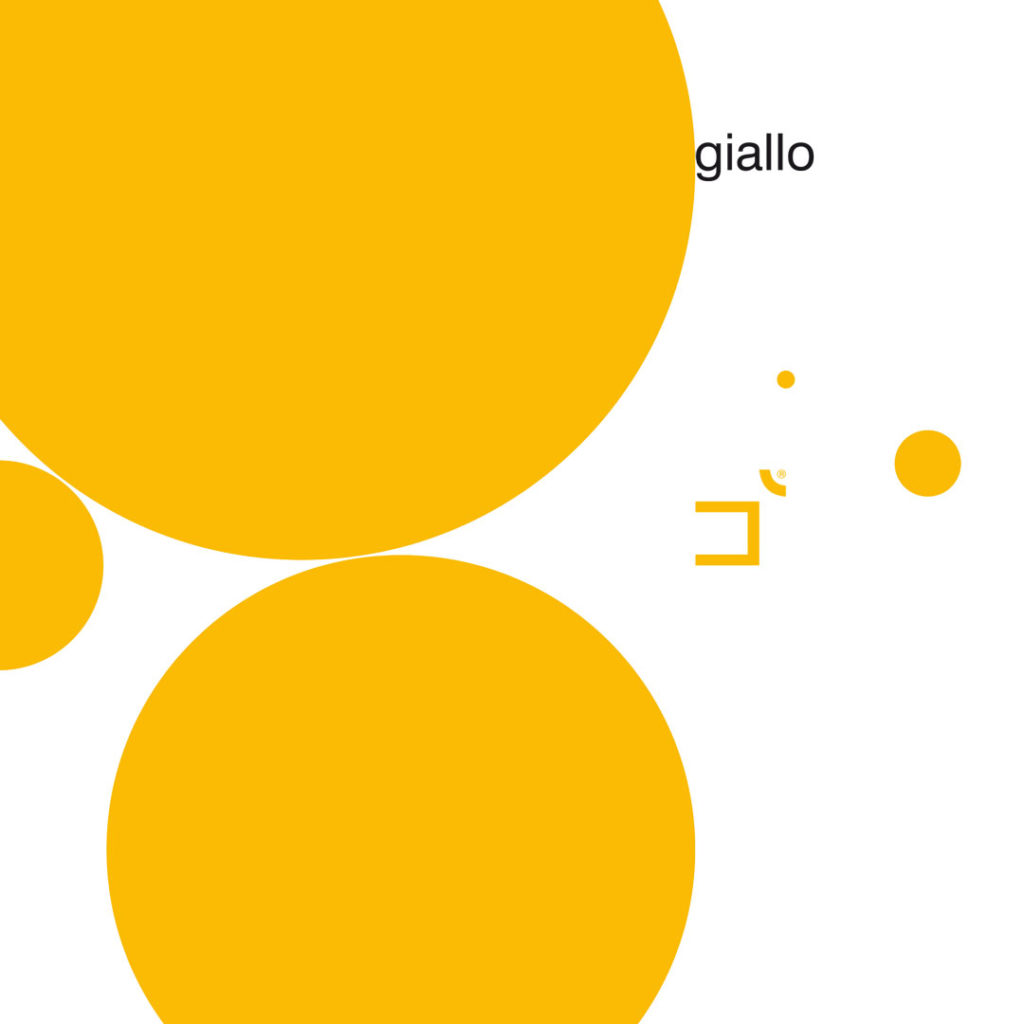

I am in YELLOW when I direct my thoughts into the world; I feel YELLOW when I take an initiative, when I start organizing a project, when I move willingly towards something.
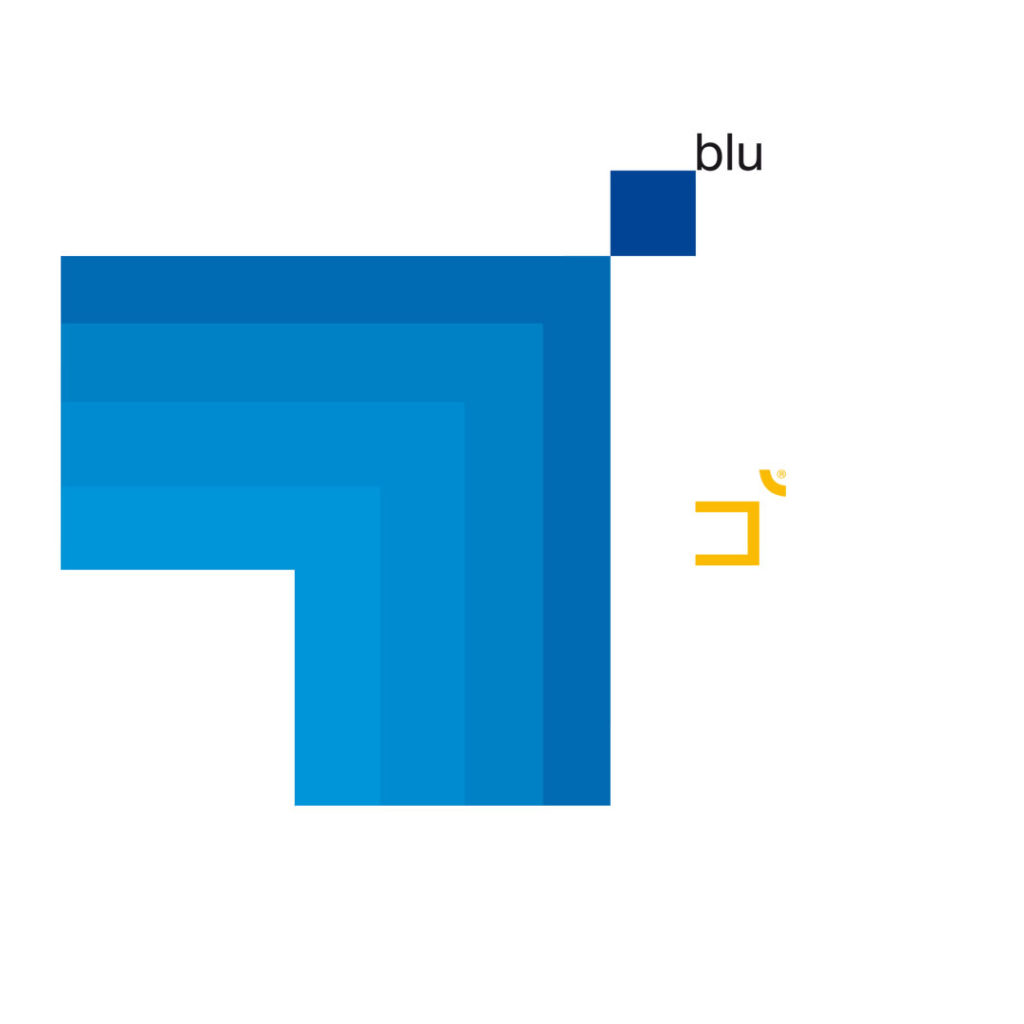

BLUE are summer nights. BLUE is deep meditation. BLUE is the voice of the song, the soul that manifests itself. I feel BLUE when my ideas become abstract. BLUE is the highest mentality, the ability to see, the intuition. Creativity is BLUE.
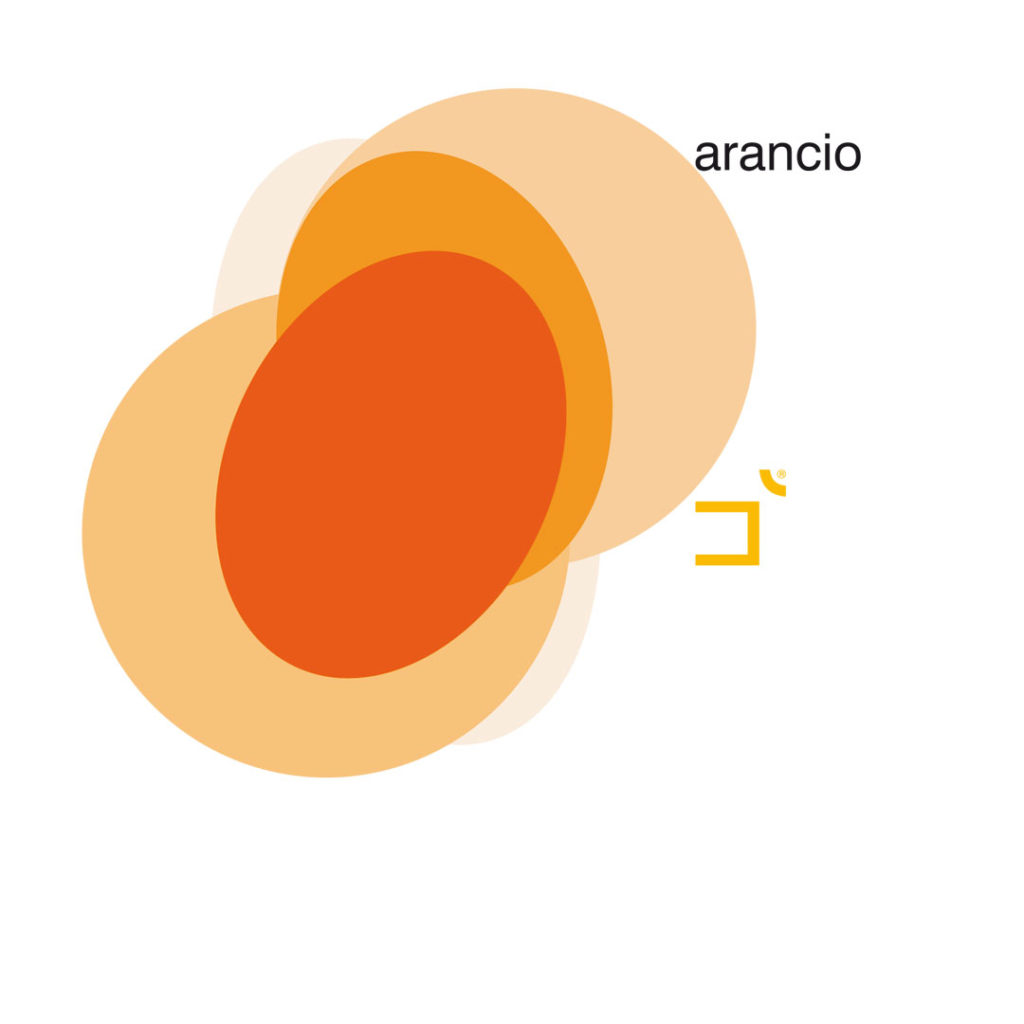

I thought ORANGE when I reached the awareness of being female, of my sexuality, of my right to express myself. Here, ORANGE is a profound self-appropriation, the song of life, and of my individuality.
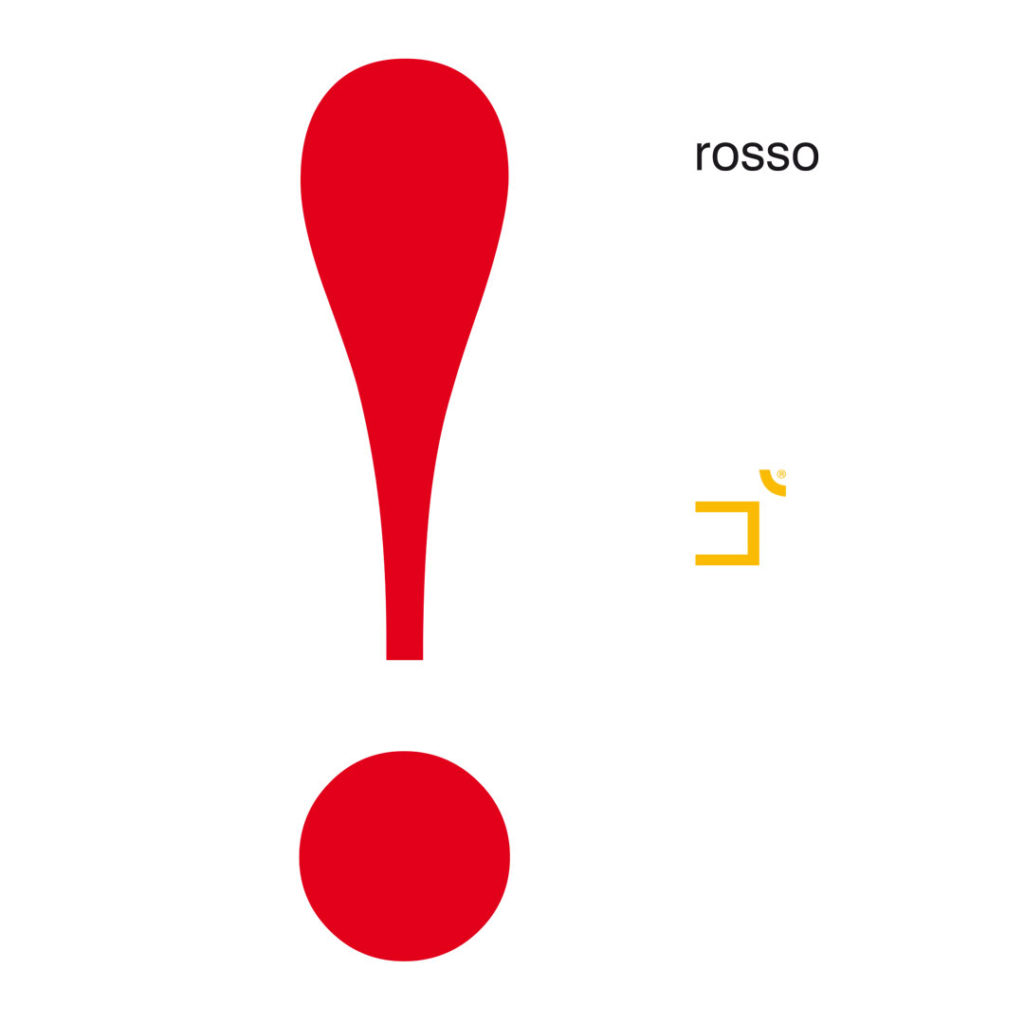

RED is the fiery sunset; it is birth, it is life, it is the passion that rises in my heart, it is the happiness of rolling around on lawns. RED like victory, RED like your lips, like revenge, like blood.
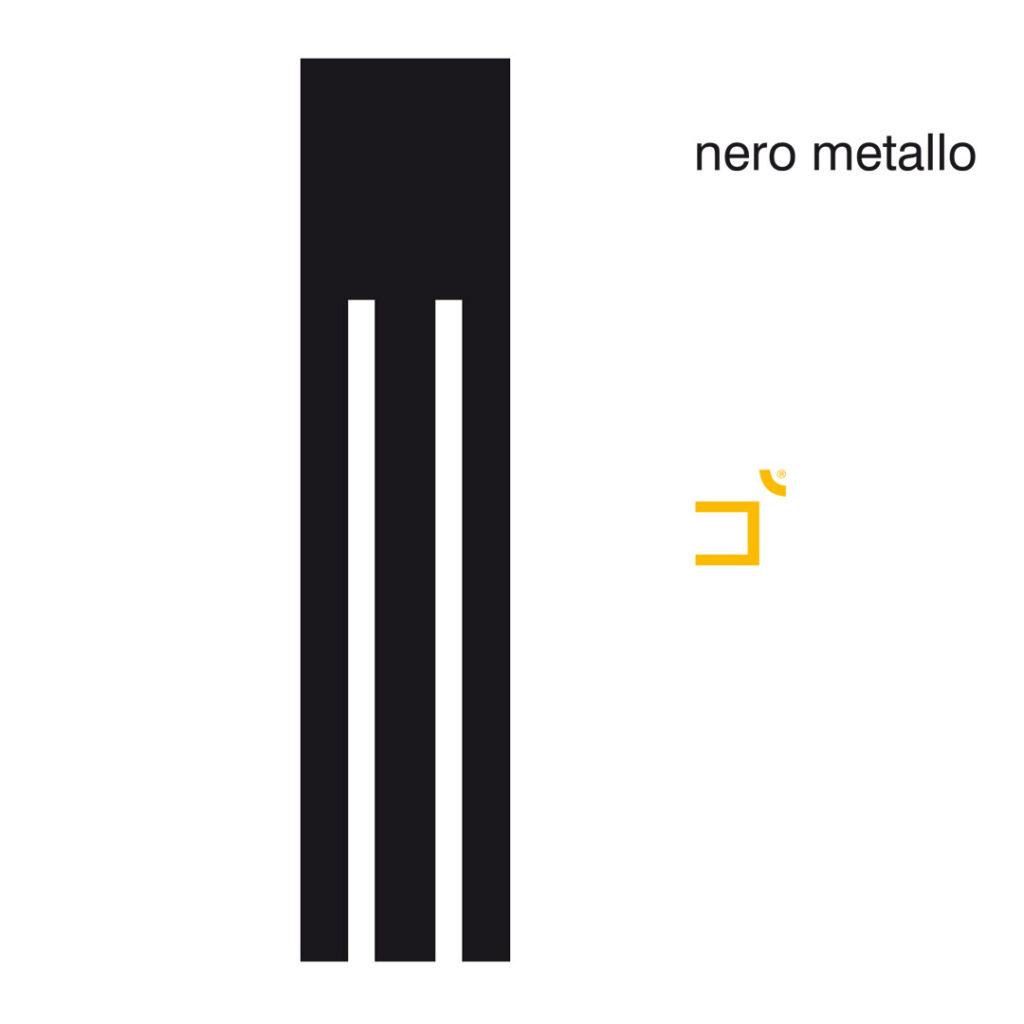

The BLACK METAL of obsidian or metallic hematite is the renewal of vital energies, their transformation into new life. From BLACK METAL I feel absorbed, protected, and I reflect; I meditate and become impenetrable–I become mystery.
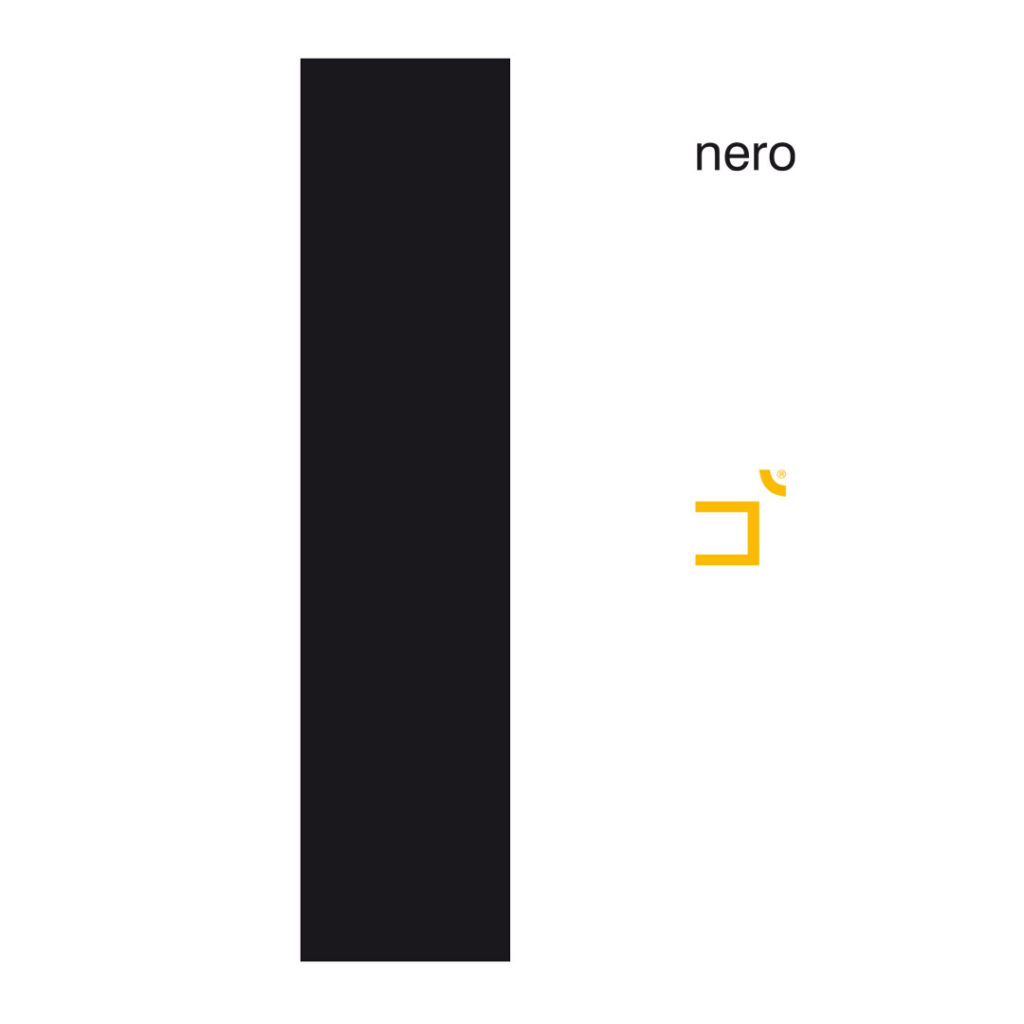

BLACK is the color of introversion, the gaze that turns inward and leaves the world in search of the inner sun. With BLACK I put up a glamorous barrier.
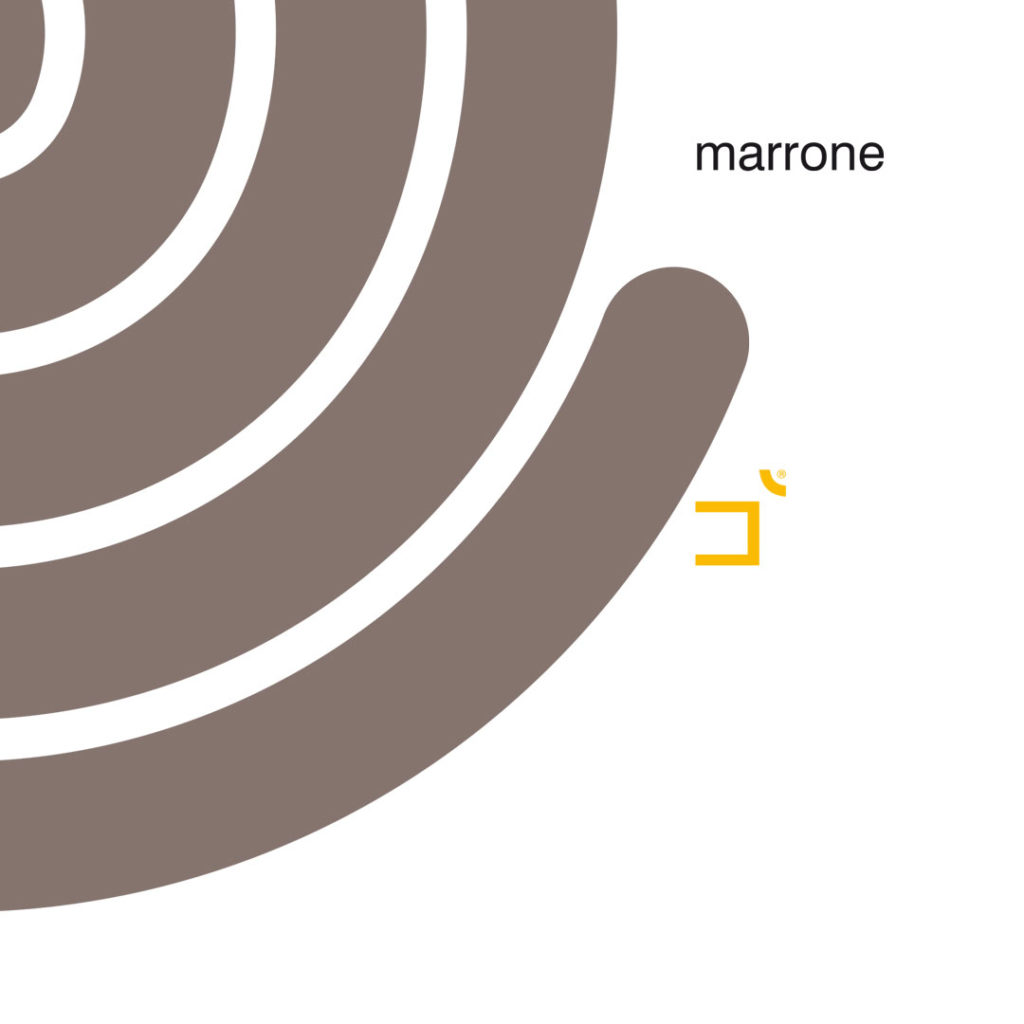

BROWN makes me practical, reserved and humble. BROWN protects me from the world. BROWN is the color of the earth and gives me stability; it gives me my roots, it gives me the idea of the center.
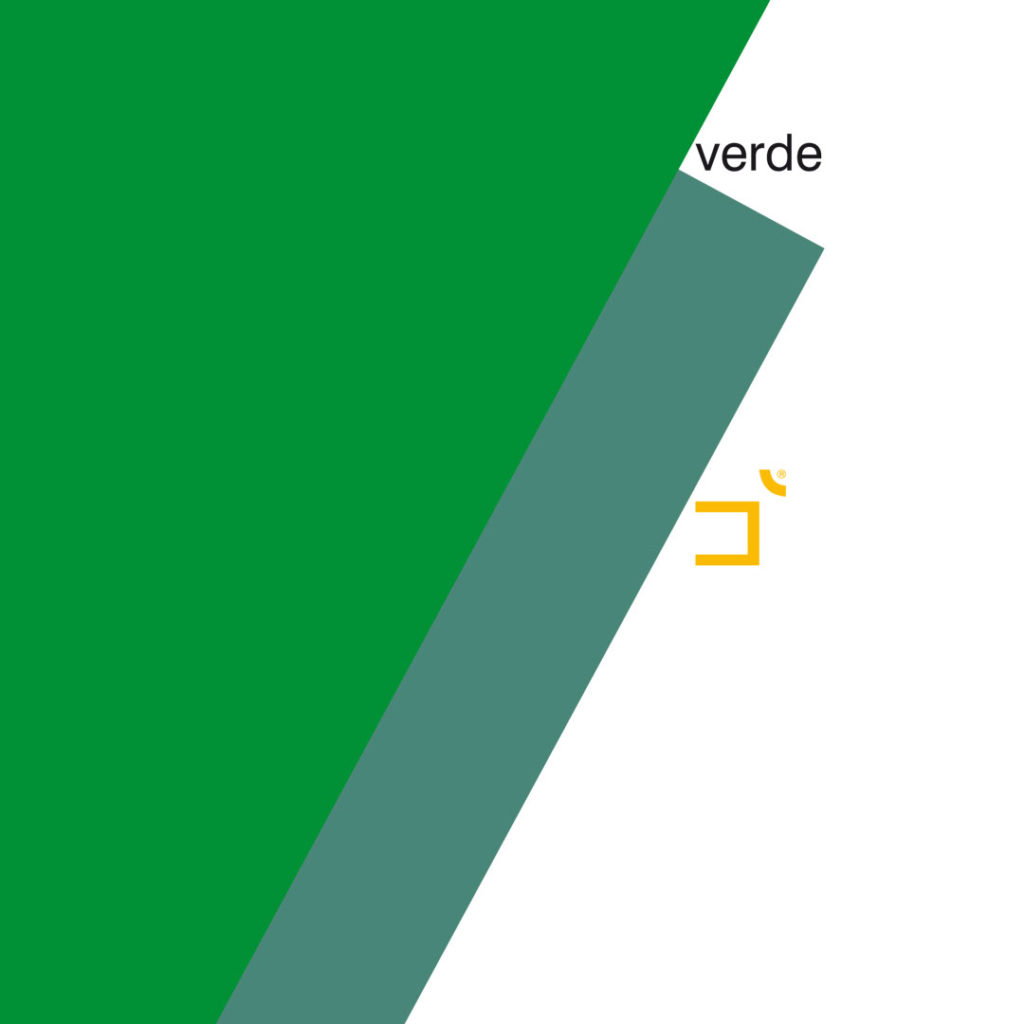

GREEN gives me peace, takes care of me, cleans me, unites me with others. GREEN is deep peace, it is growth. GREEN encourages and supports. GREEN is a harmonious belonging to a community, to a group of friends.
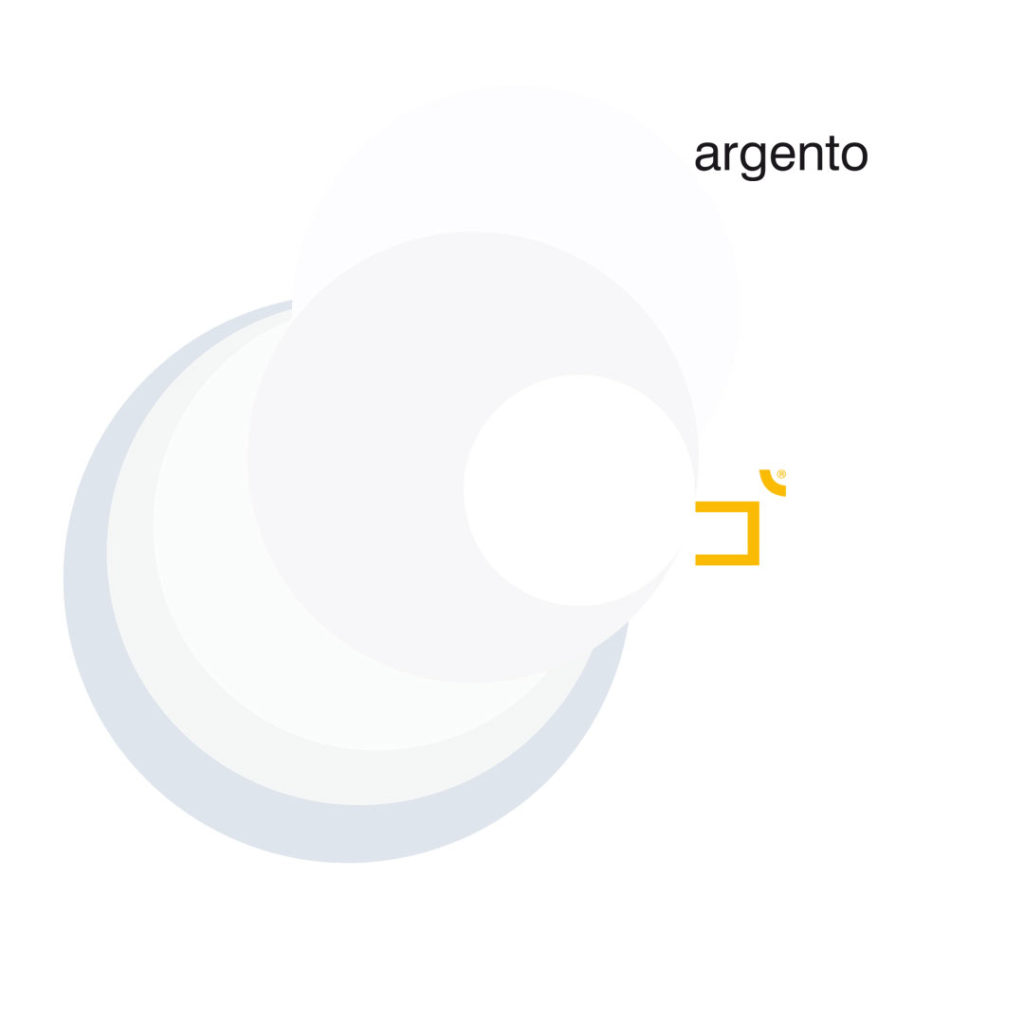

SILVER is the color sacred to the Moon and to the lunar, feminine deities, and protects me from malevolent energies. It is the reflection of the moonlight. SILVER is when I am versatile, available; when I speak with pleasure and move quickly. I feel silver while journeying.
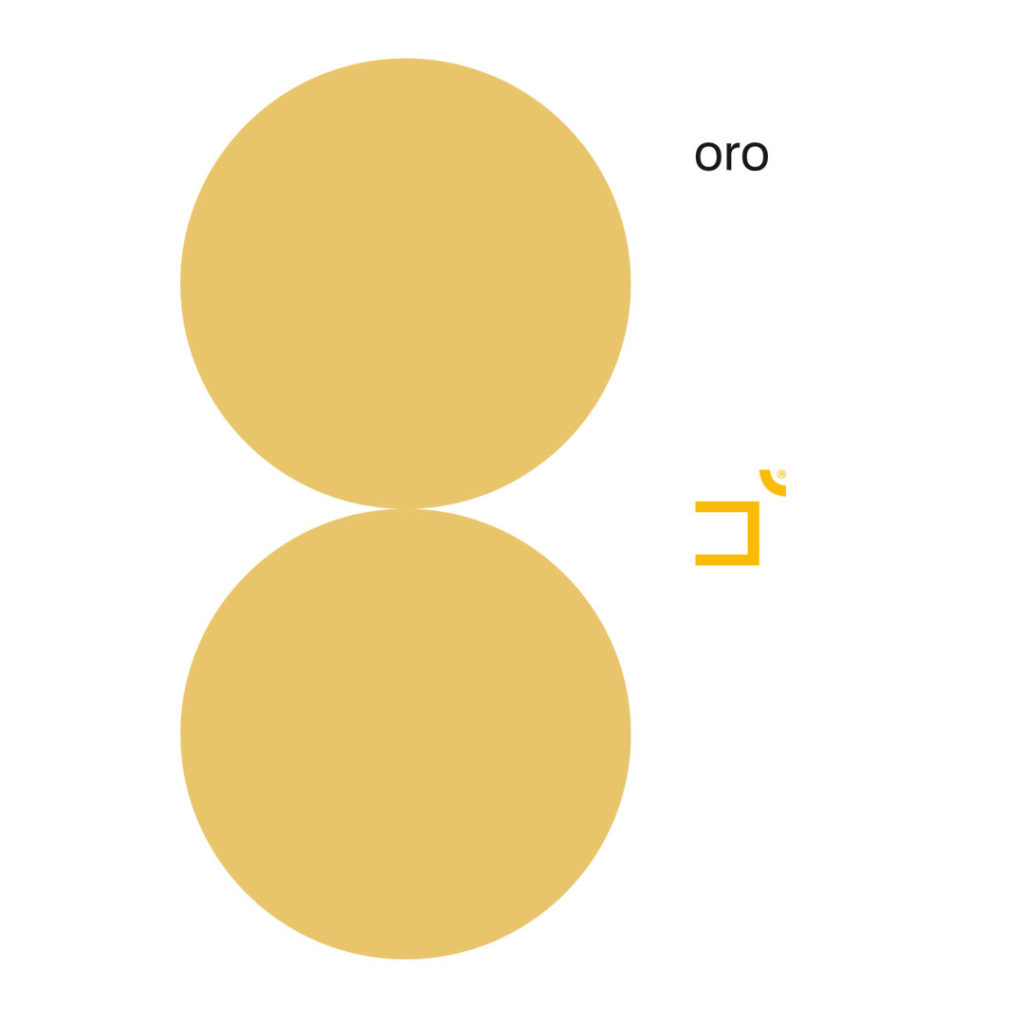

Opposite that is GOLD, and the Sun; it is the masculine principle, the manifest light. GOLD is healing, it is preciousness. It is nobility of spirit; it is a symbol of royalty, the divine investiture of temporal power, the highest spirituality, the highest perfection.
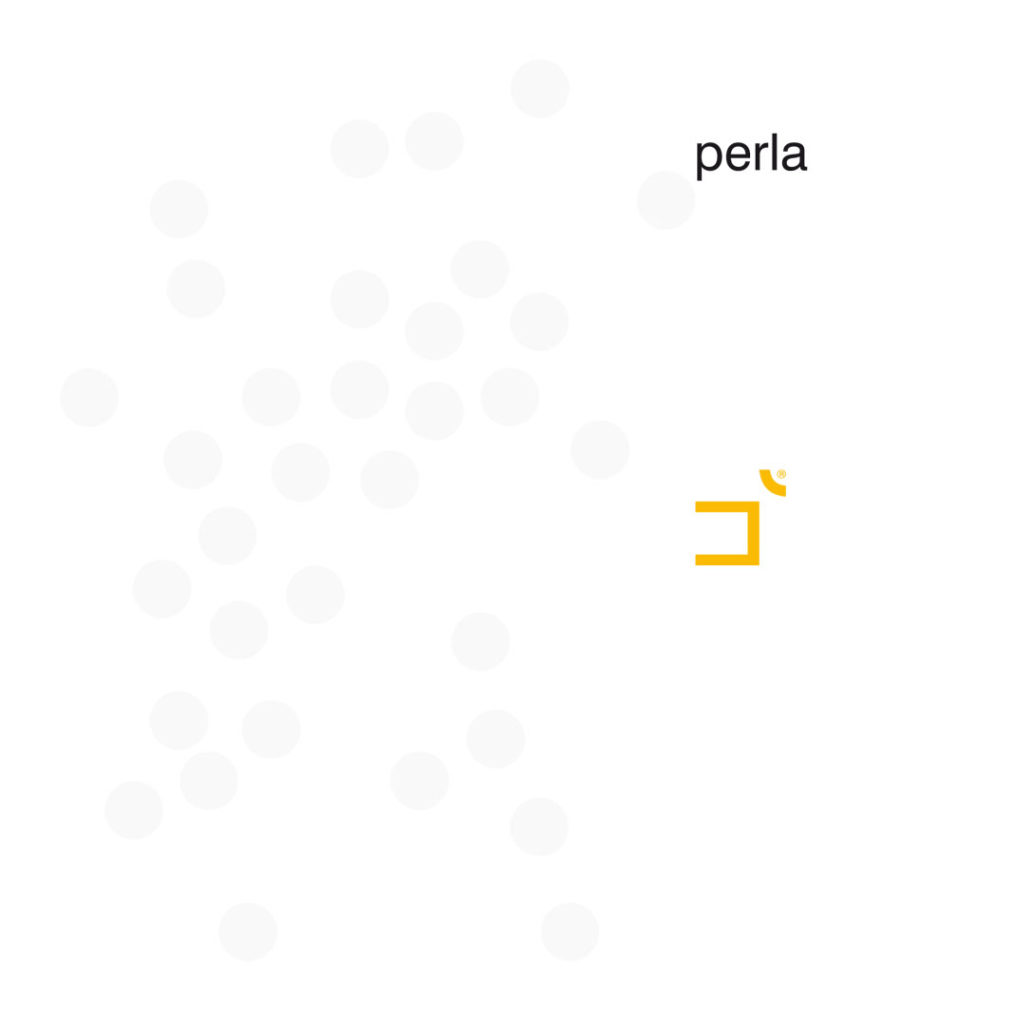

PEARL is the color of the moon’s rays. It takes us back to the archaically feminine; to the tides, emotions, the unconscious, the inner journey, fertility and self-esteem. The color of PEARL protects me on sea trips and accompanies me on my inner journey towards my psyche. When I wear a PEARL I stabilize my emotions, my moodiness and I harmonize with the true essence of things.
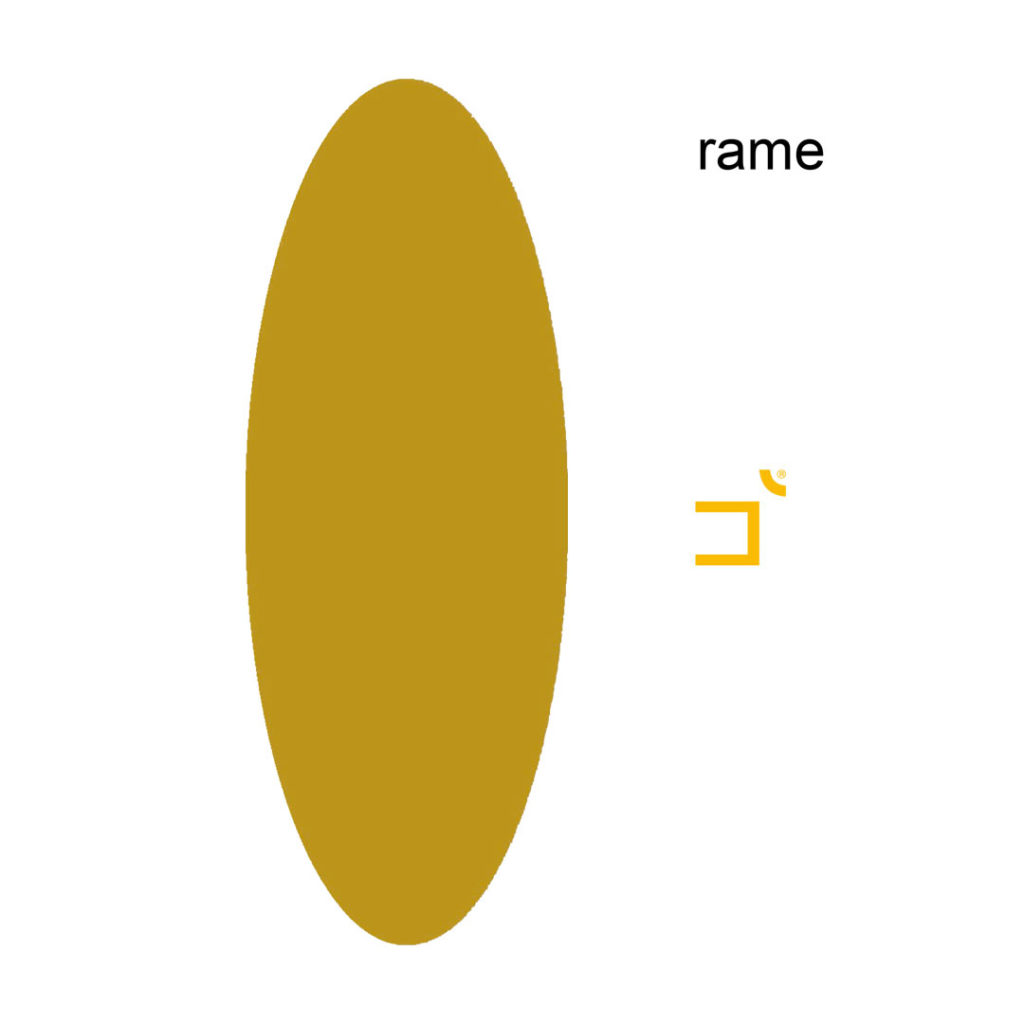

COPPER is the color that has always been linked to Venus, the goddess of love; it is virtue, it is generosity, it is vice, it is lust. It brings back to the spiritual experience the vision of beauty triumphant.
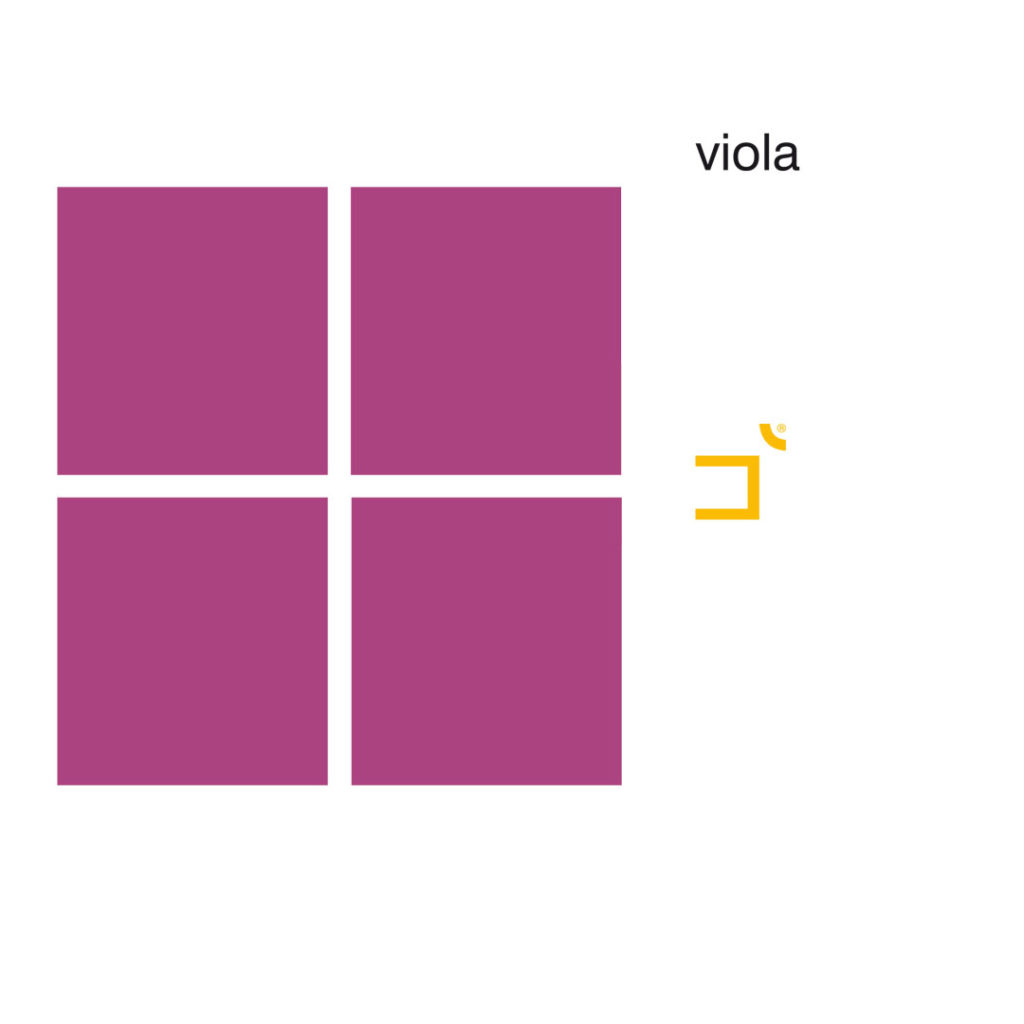

PURPLE is the color of amethyst; it is the highest plane. PURPLE is the idea of God, the peace that comes from fusion with the whole, the experience of communion, the eternal mind, the conscience that has a sense of its own eternity. PURPLE is devotion, it is spirituality. PURPLE is the thought that sees the hidden causes and knows how to forgive everything. I am very much in PURPLE when I cannot hold a grudge, when I do not feel the seed of revenge and everything seems distant, past and useless.
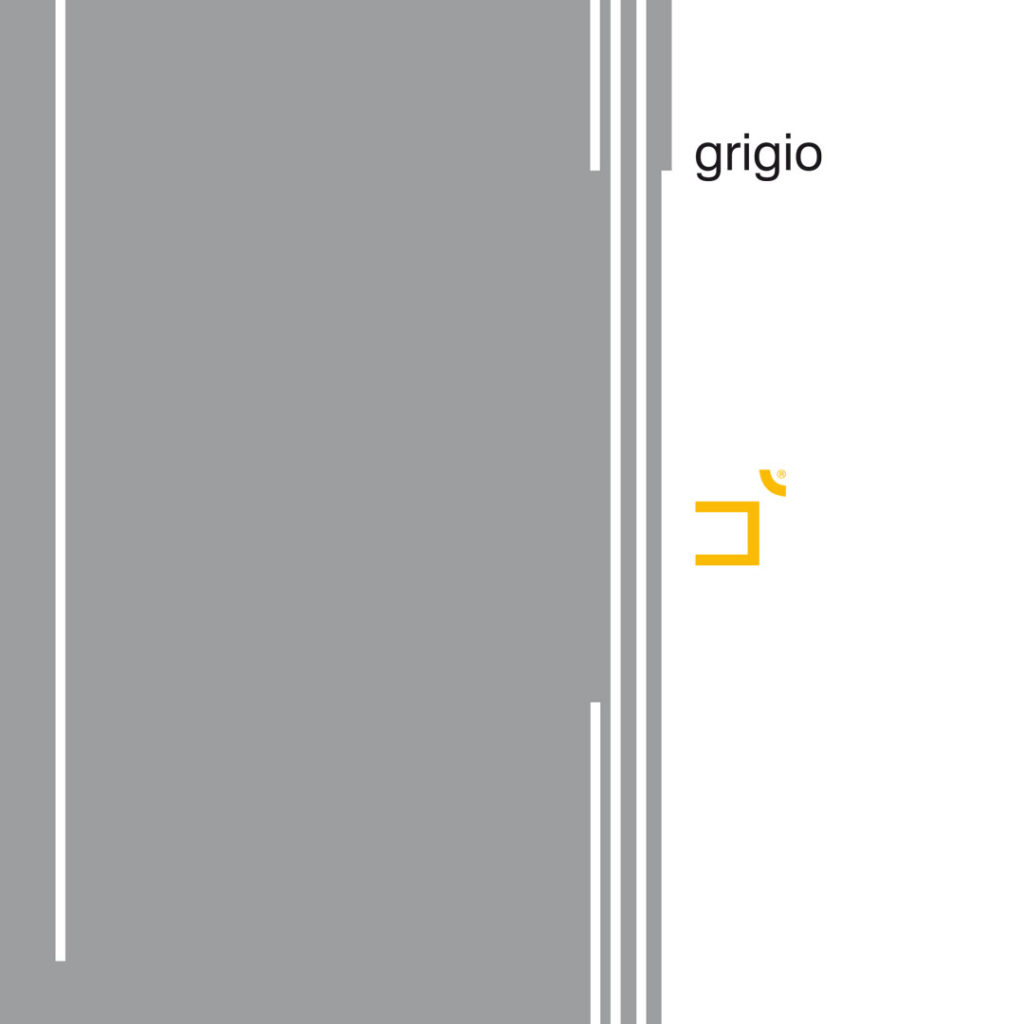

GRAY is neutrality, humility, boundaries, confidentiality. GRAY is the color of the distance between you and me.
Text by Angela Galli
Graphics by Andrea Lunghi
